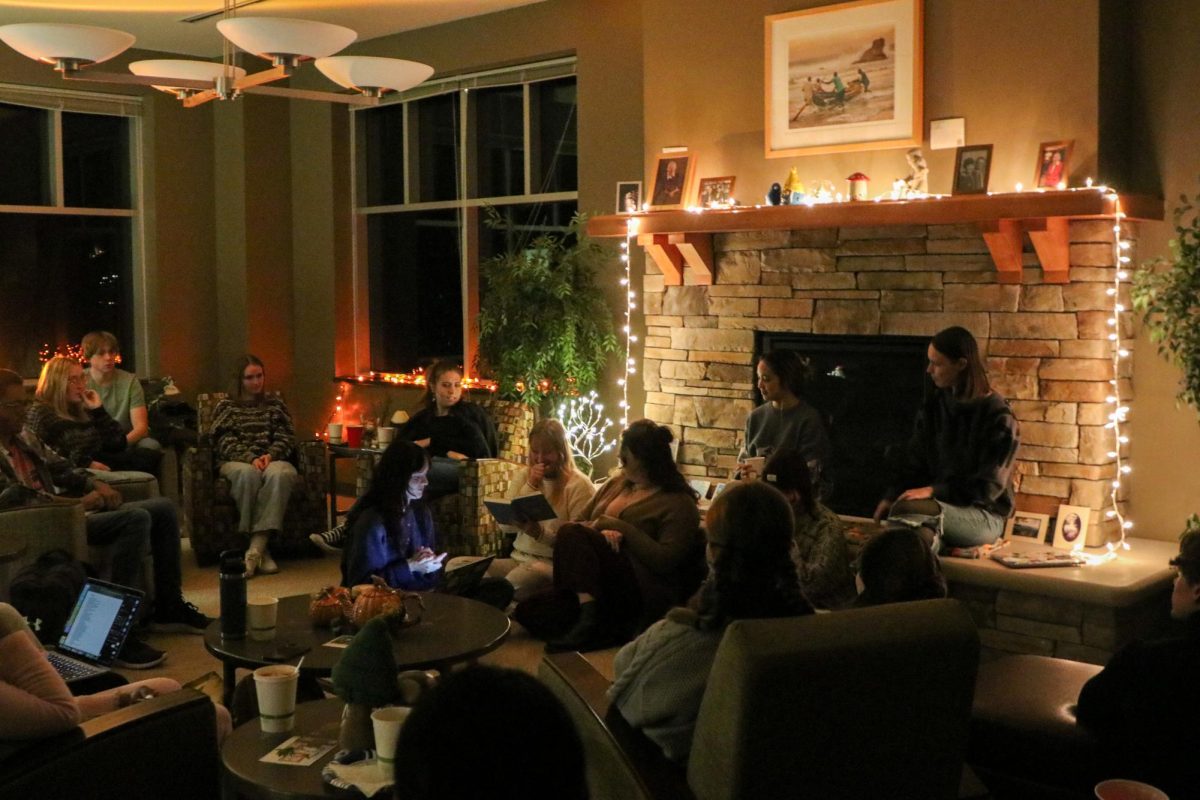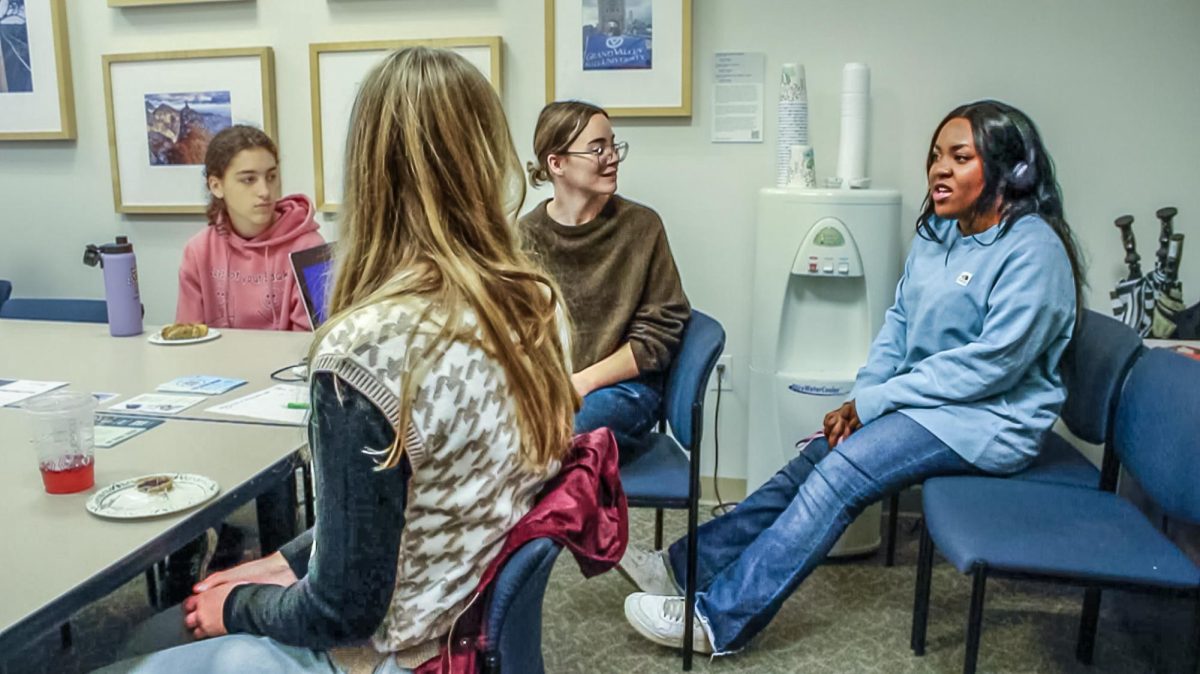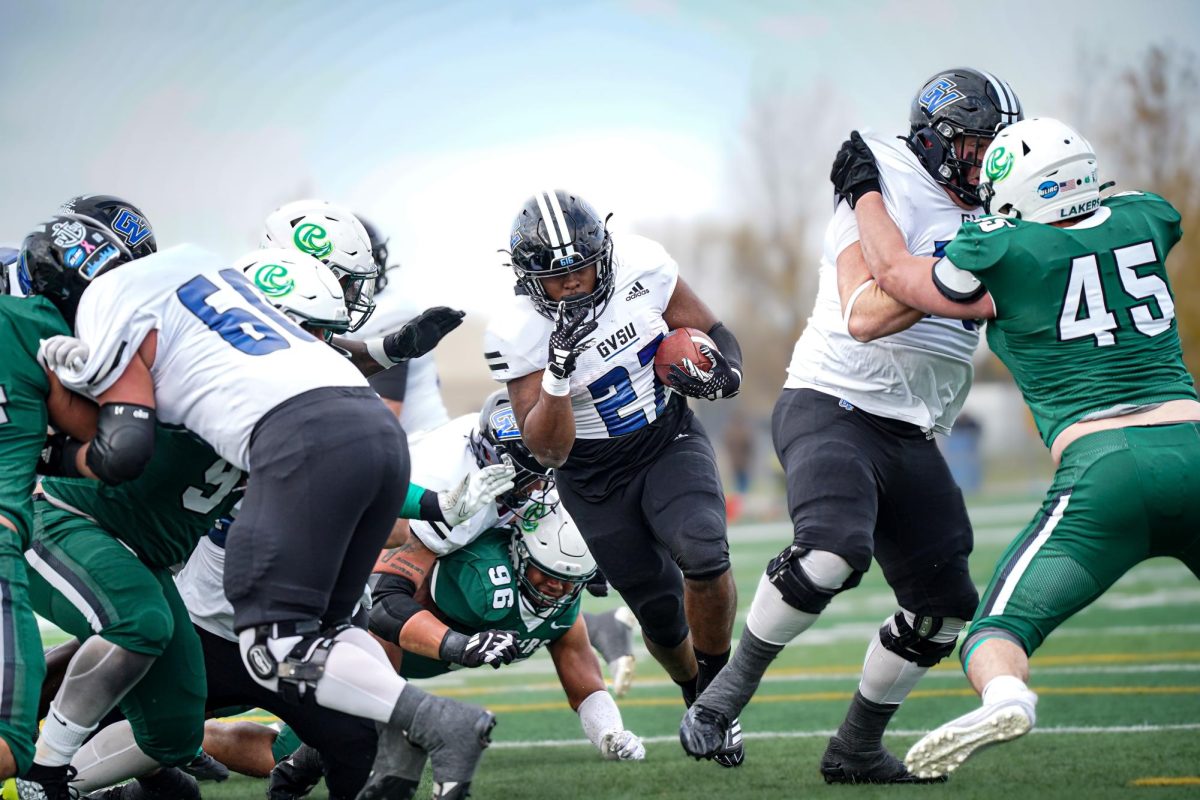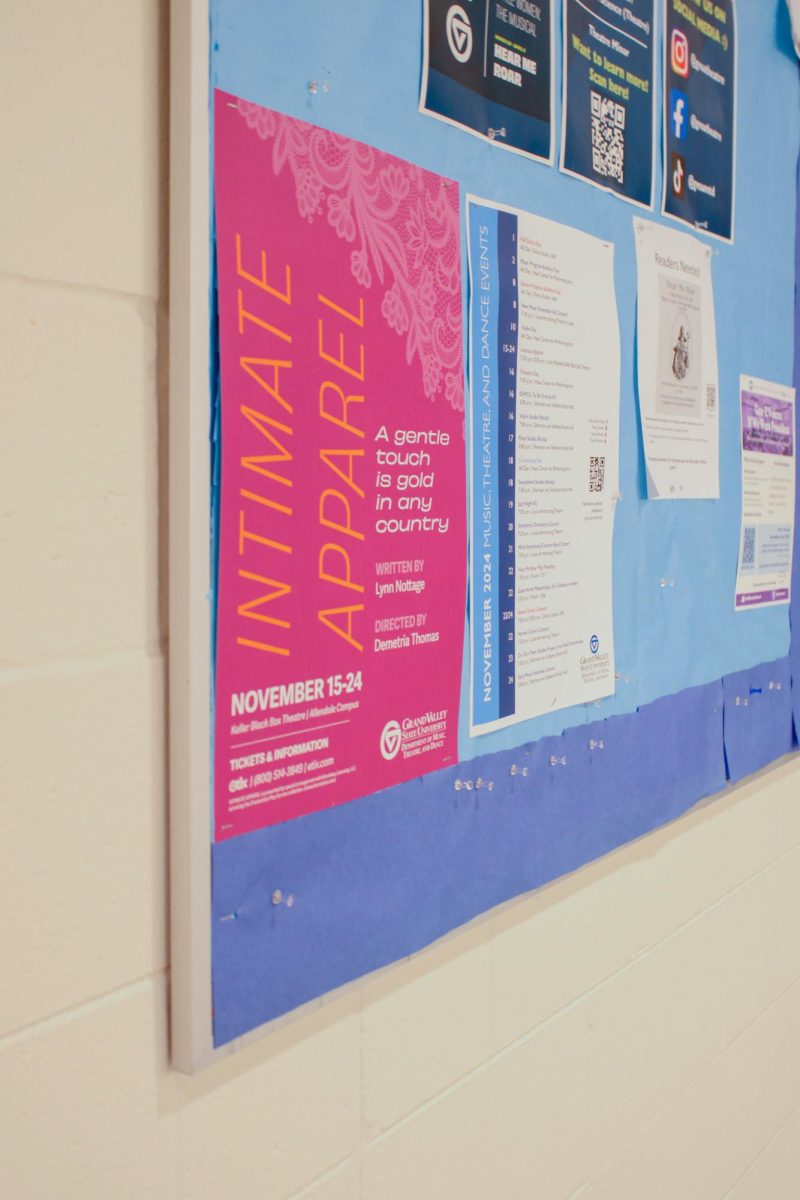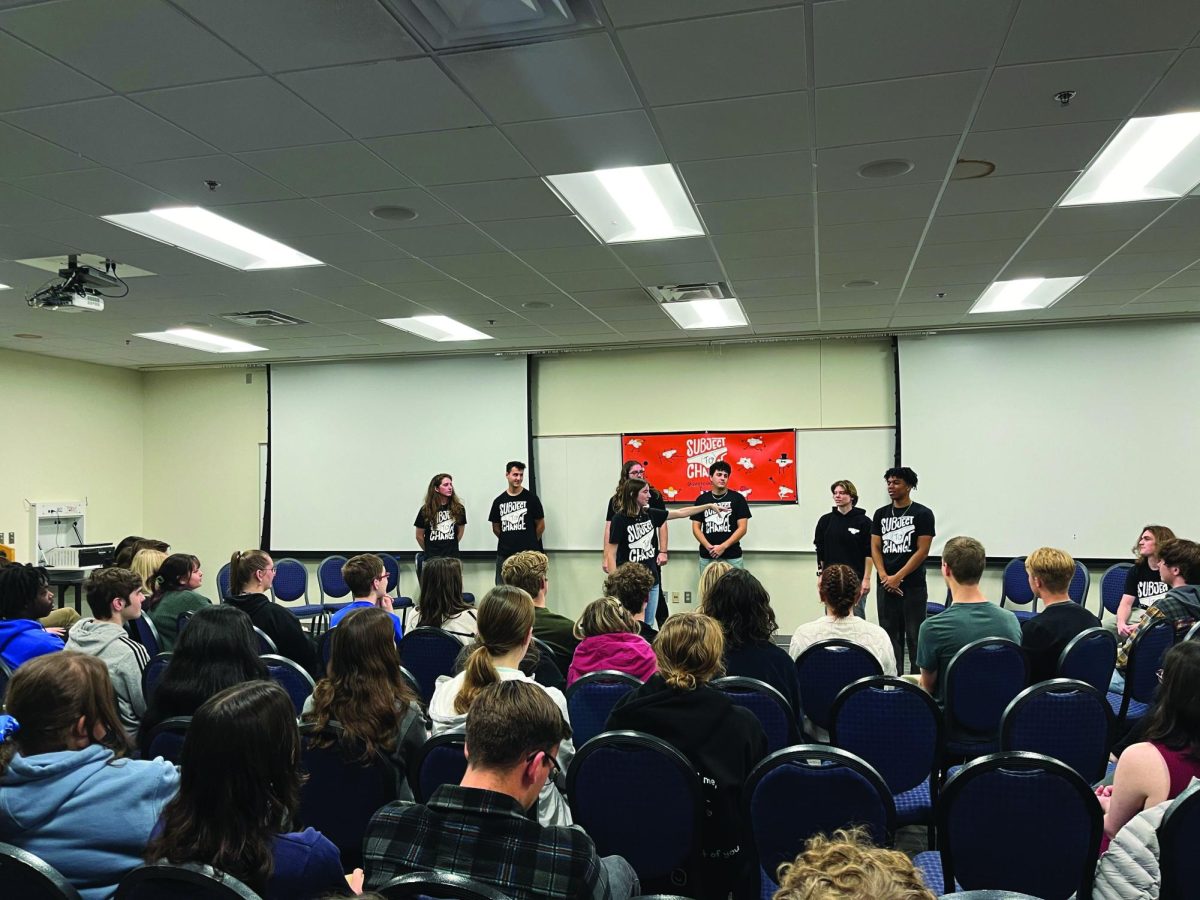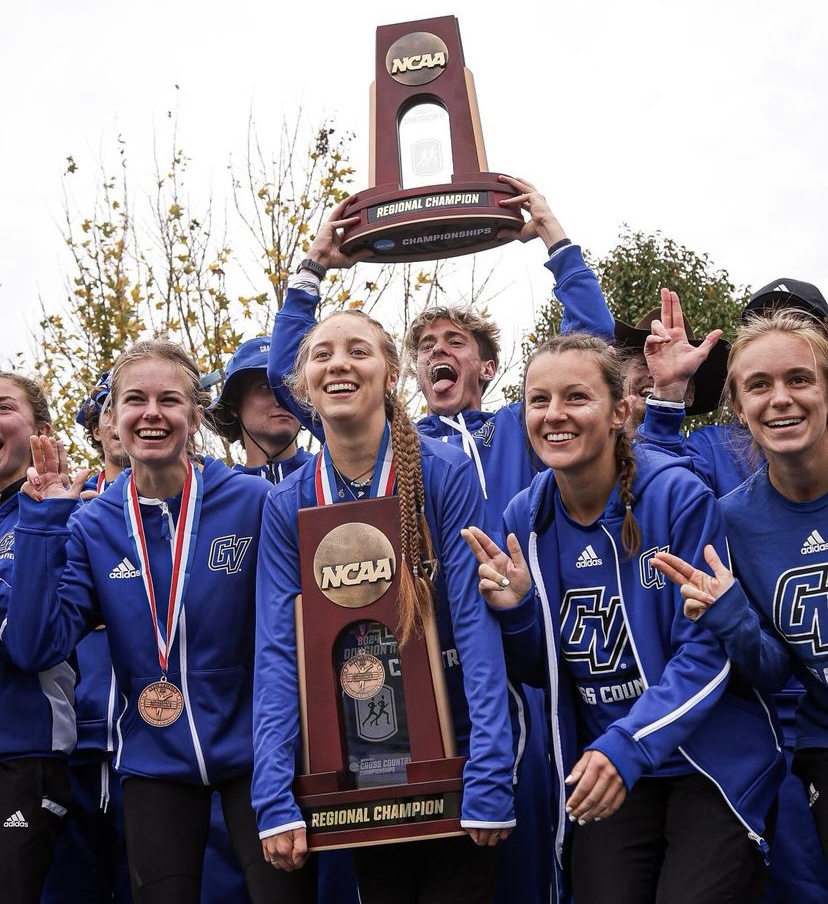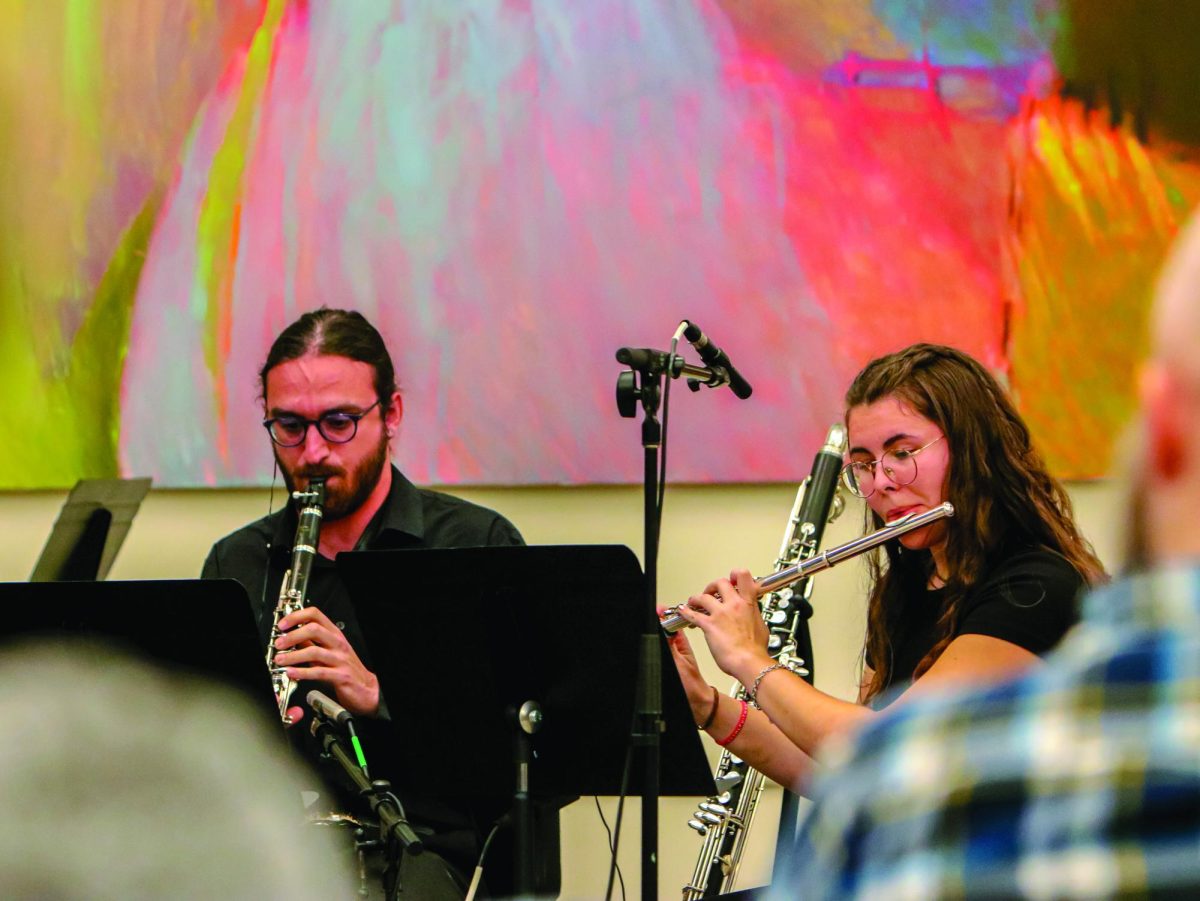First phase of cross-state rail study completed
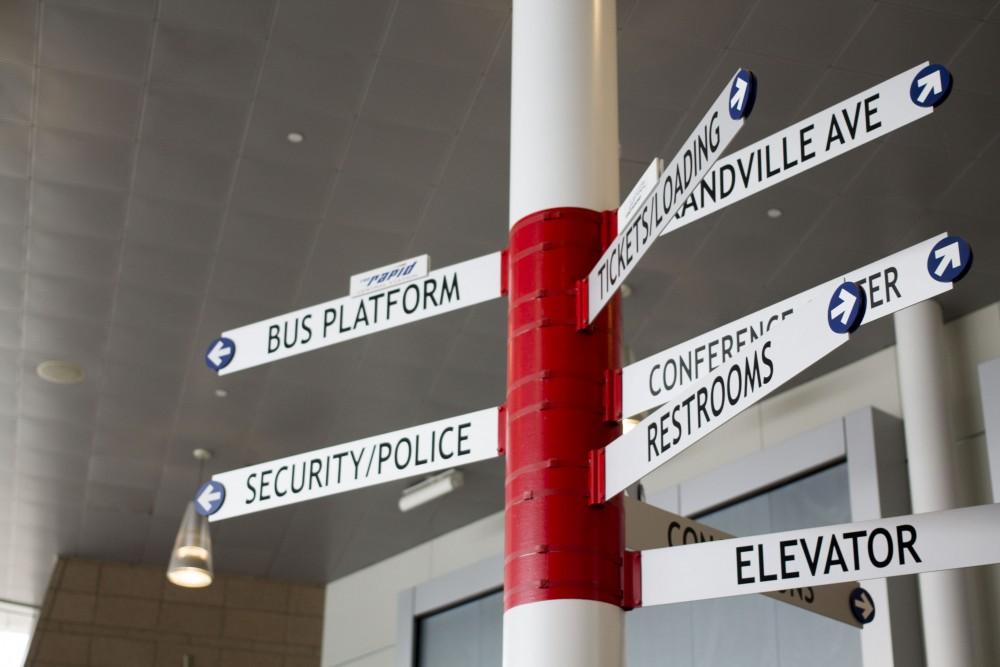
GVL / Sara Carte – Indoor signs help people navigate around the Grand Rapids Amtrak Station on Monday, Feb. 29, 2016.
Mar 3, 2016
The Michigan Environmental Council recently completed a study looking to reestablish a passenger rail from Holland, Michigan to Detroit. The study looked at ridership and cost estimates for the rail.
MEC determined two possible routes that could be taken. One route would be a 79 mph service train and will require $3 million in annual subsidies in addition to the approximate up front cost of $130.9 million.
In contrast, the other route could reach 110 mph and would cost more to riders and have higher initial costs, but it would likely bring in more than $12 million more revenue than the slower service.
MEC partnered with the Michigan Department of Transportation, the Ann Arbor Area Transportation Authority and the Michigan Association of Railroad Passengers to complete the study.
Jeroen Wagendorp, associate professor in GVSU’s geography and planning department, has doubts about the rail, saying if there was a need for it, it would have already been built.
“On paper, it looks fantastic. Would it be a green project? If the train was full every day and those people aren’t driving, sure,” he said. “(But) they would have to use existing infrastructure and they would have to upgrade existing rails.”
Wagendorp said there are a lot of things that would need to happen if the passenger rail were to work and have customers.
“They would compete with freight on those same tracks and it would have to be high speed,” he said.
MEC’s report on riders and cost was only the first milestone in the complete study of the new passenger rail. The second step is to do a full feasibility test on the impact a rail would have on the environment and create an implementation plan.
However, Wagendorp is doubtful if the rail would enhance the environment or the economy. He said since gas prices are so low and have been for a while, it economically wouldn’t make sense to build a passenger rail right now.
He also wonders what will be at the other end of the train ride.
“Is there an infrastructure connecting the end of the railroad in Holland where people can get to it, and is there an infrastructure in Detroit where people can get to that train station?” he said. “Is there a local infrastructure that can feed people to that train station?”
Wagendorp used the passenger rail stemming from Kalamazoo that goes to Detroit, Toronto or Chicago as an example of how people doesn’t necessarily use rails anymore. He said although the rail service is there “several times a day,” there are still many seats that are open on all the services.
The rail would be more about economics than environment, Wagendorp said, meaning that a person wouldn’t use it unless it would be cheaper than driving.
“You’re looking at how much time am I going to save using the train and am I going to save time and money using this,” he said. “If you would and I could get there faster, I’ll use it.”
For more information about the study, visit www.environmentalcouncil.org.






